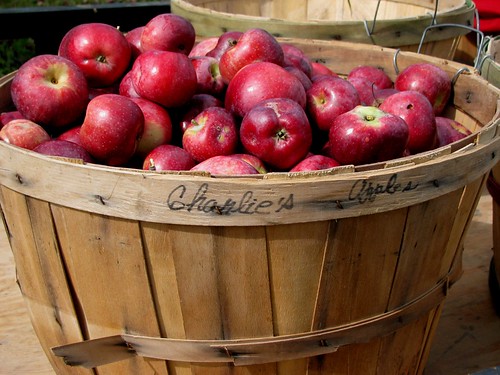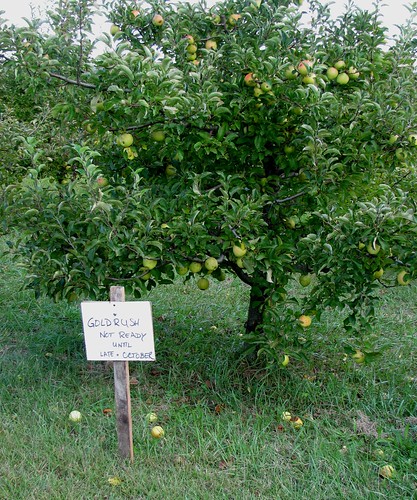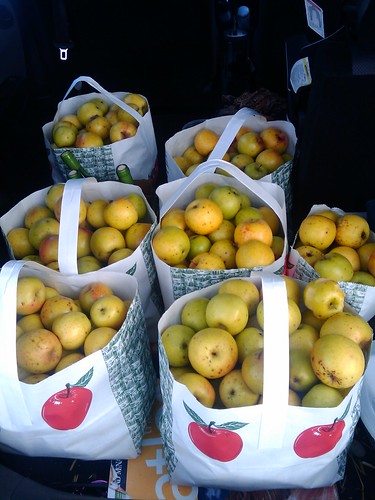Meet the newest tool in the hand-powered arsenal at Hounds in the Kitchen:
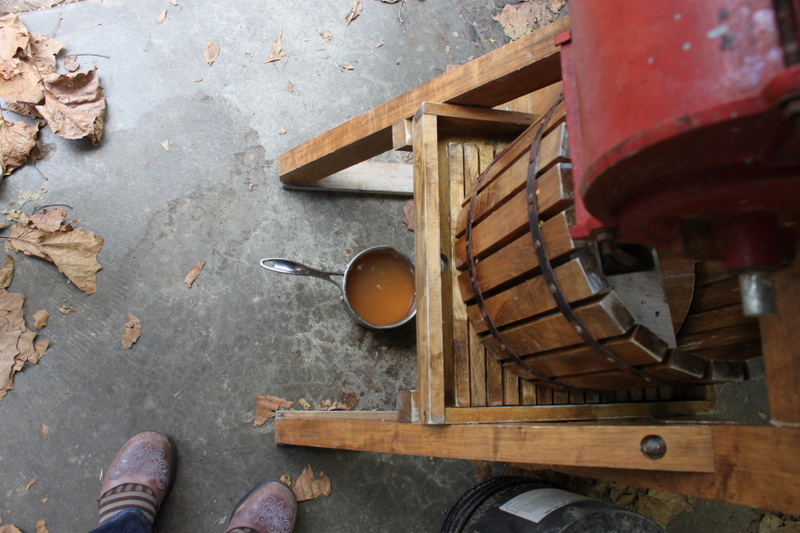
A cider press!
Charlie of Windy Hill Apple Farm had this press on display with a for-sale sign the last time we visited. I immediately recognized it as a well maintained machine for a good price.
We debated for a few days about whether we need a press when: 1) we have no apple tress, 2) even if we moved to a farm tomorrow it would be years before we would have producing apple trees and 3) how exactly do you use a cider press?
The debate ended when casual mentions of the press for sale were greeted with friends and family strongly encouraging us to buy it and offering up apples ready for cider-making this season.
Today the cider press is ours. We immediately tested it with some very squishy pears, yielding a quart of juice. Not enjoying the taste of the overripe fruit, we poured it into a jug with a fermentation lock to make some pear hooch. We are determined to master the making of hard cider, as any good pioneer would be.
Soon, bags of apples will be turned into gallons of cider by the power of the screw and our very own hands. We may host a cider-making day once we figure out what we're doing. We will definitely accept sharing or renting arrangements for those of you with excess fruit.
"Give me yesterday's Bread, this Day's Flesh, and last Year's Cyder." Benjamin Franklin (1706-1790) 'Poor Richard's Almanac'
Added to Hearth and Soul blog hop.


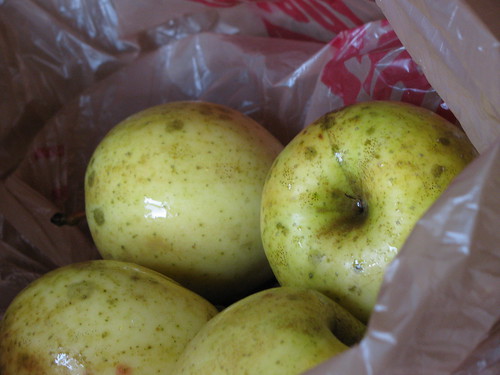
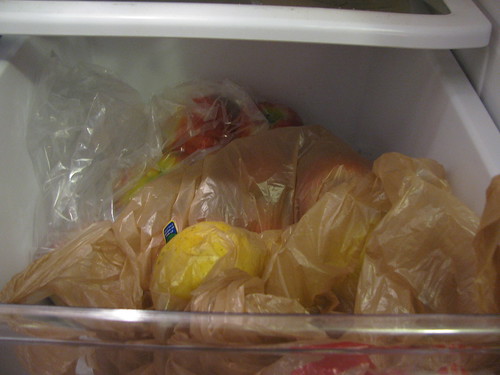
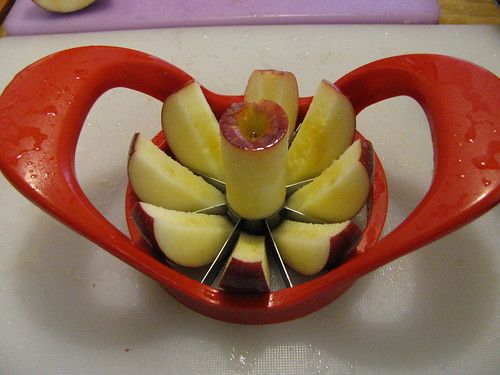
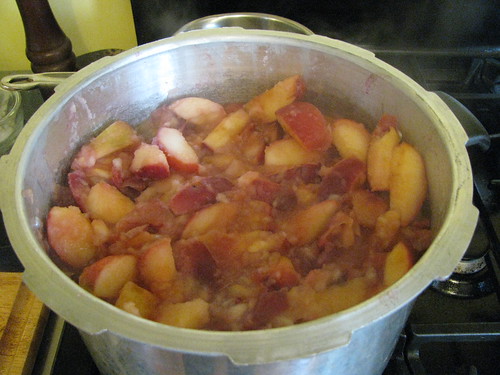


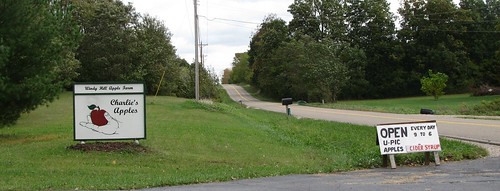 I love apples and I love autumn, so it follows that I love spending a day apple picking.
I love apples and I love autumn, so it follows that I love spending a day apple picking.
